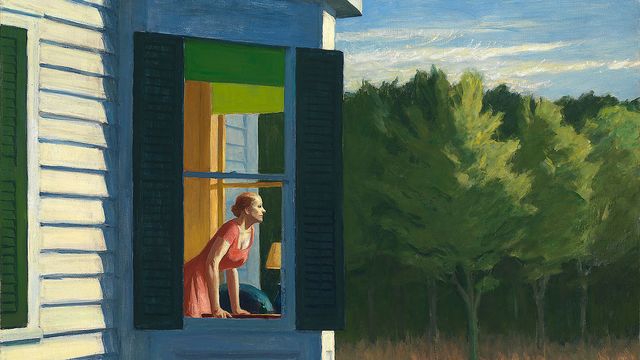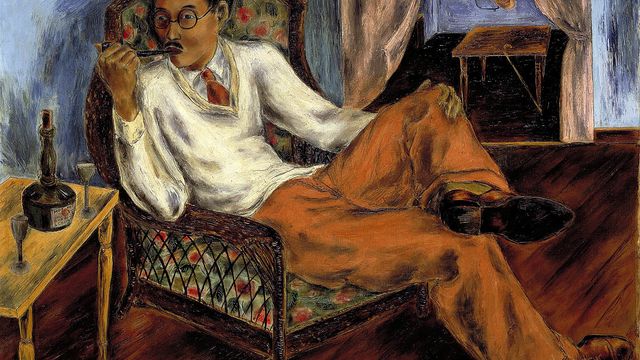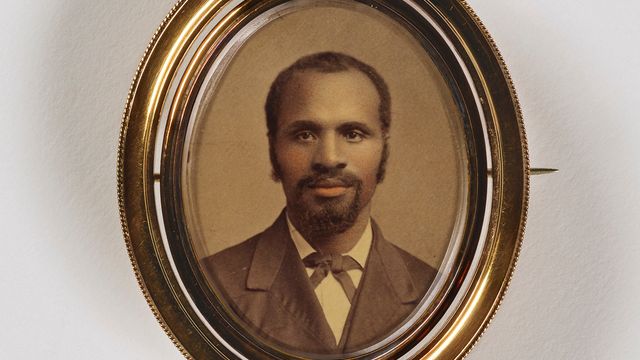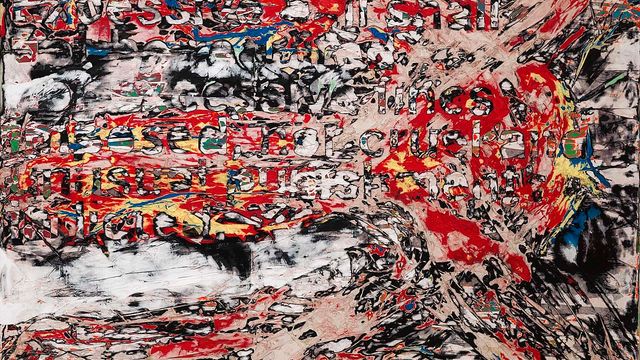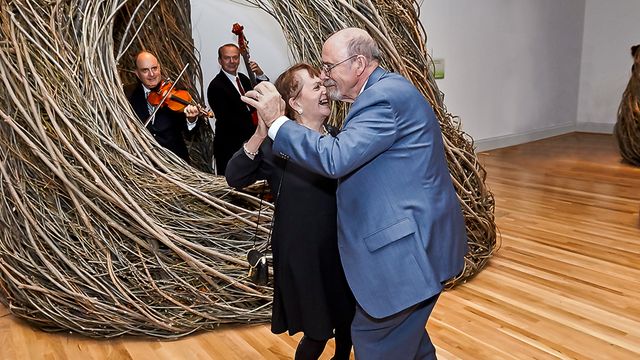Artwork Details
- Title
- The Dying Tecumseh
- Artist
- Date
- modeled ca. 1837-1846, carved 1856
- Location
- Not on view
- Dimensions
- 36 5⁄8 x 77 5⁄8 x 53 3⁄4 in. (93.1 x 197.2 x 136.6 cm.)
- Credit Line
- Transfer from the U.S. Capitol
- Mediums Description
- marble with painted copper alloy tomahawk
- Classifications
- Subjects
- Indian
- Figure male — full length
- State of being — death
- Portrait male — Tecumseh
- Object Number
- 1916.8.1
- Research Notes
Artwork Description
Who Was Tecumseh?
Shawnee warrior Tecumseh (1768--1813) led a powerful coalition of Indigenous nations to defend their homelands against the US military in the War of 1812. He died in battle after posing a formidable challenge to the US government.
The Myth of Tecumseh
This is a fictive portrayal of Tecumseh. Ferdinand Pettrich likely sculpted it around 1837 as political propaganda for Vice President Richard Mentor Johnson, whose campaign slogan proclaimed he killed the warrior. Depicted in flowing robes ill-suited for battle, Pettrich cast him as the "noble savage," a stereotypical trope that glorifies his warrior prowess while insisting his primitive nature spelled his downfall. This sculpture suggests that the devastation of Native peoples was natural and inevitable rather than the result of a strategic conquest.
In the US Capitol
This sculpture stood in the US Capitol from 1864 to 1878. It was seen by countless legislators as they consistently voted on policies that broke treaties made with Native nations.
At SAAM
Congress transferred the sculpture to the Smithsonian. For decades, SAAM has presented the sculpture surrounded by landscape paintings that celebrate American expansion, reinforcing its role as a romanticized symbol.
Since the colonization of the Americas, tribal leadership has fought for treaties to be honored and tribal sovereignty to be respected. The 1960s and '70s--concurrent with the 1968 display of Tecumseh--saw a groundswell of Indigenous activists challenging discriminatory US policies and broken treaties.
In 1969 the Indigenous activist group, "The Indians of All Tribes," occupied Alcatraz Island in a demonstration for the rights of Indigenous peoples and the return of stolen land. As part of a larger movement for Indigenous civil rights, some who participated in this occupation later joined the American Indian Movement. They fought against police brutality, economic inequality, and the removal of Indigenous children from their families by state child welfare and private adoption agencies. Later the movement would advocate for tribal sovereignty and the unification all Indigenous peoples.
Label text from The Shape of Power: Stories of Race and American Sculpture November 8, 2024 -- September 14, 2025
Label written by: Karen Lemmey, Anne Showalter, Julianna White, Tobias Wofford and Grace Yasumura
This sculpture emulates the ancient Roman sculpture the Dying Gaul, which similarly portrays a military adversary as heroic, yet exotic and powerless. A fictive portrait, it mythologizes Tecumseh as a timeless "noble savage," dangerously and erroneously suggesting that his death and the rapacious expansion of the United States were inevitable. The work stood in the U.S. Capitol from 1864 to 1878, a time when Congressional legislation profoundly impacted Indigenous sovereignties.




